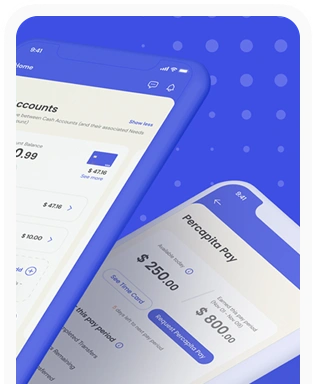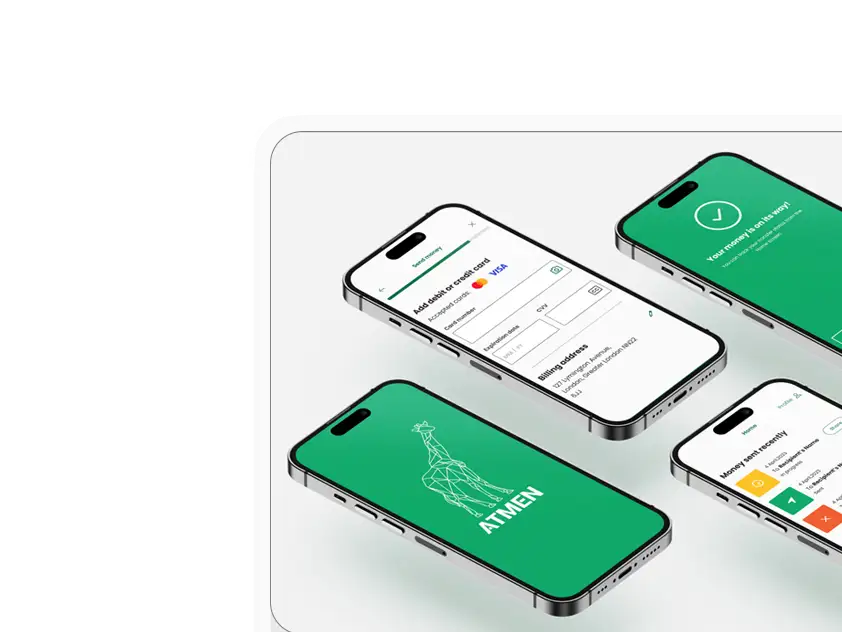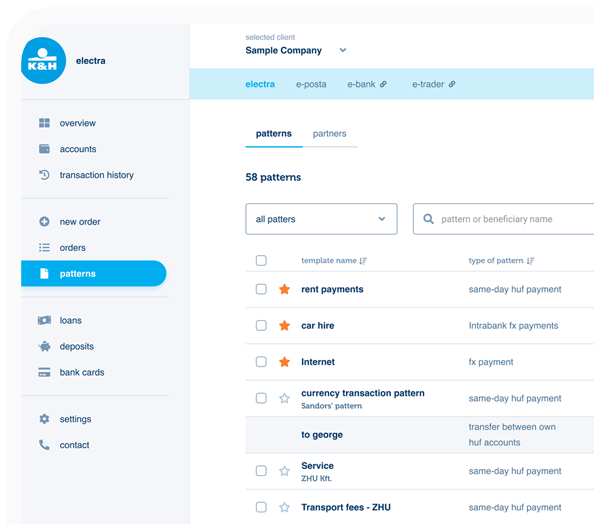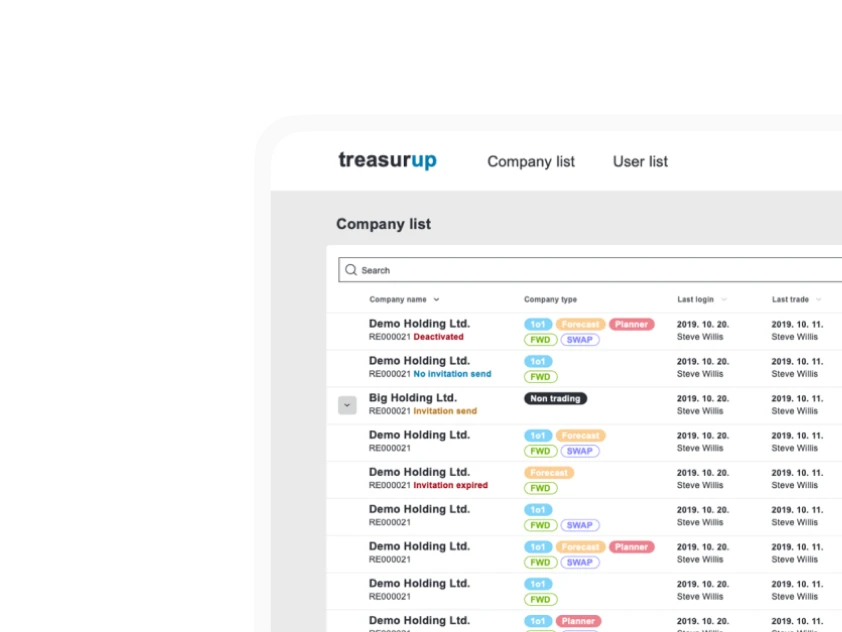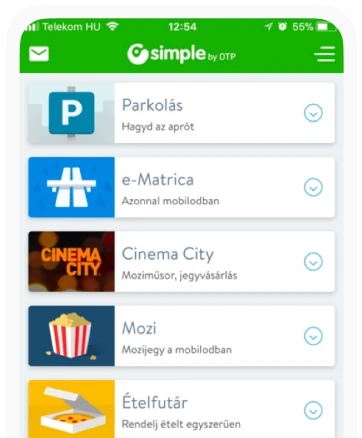Advice to stakeholders
Difficult to imagine the problems and issues the predecessors of today’s usability experts, the architects thousands of years ago had struggled with. It wasn’t easy to build up science and art from nothing, to figure out how things work and how to achieve practicality and beauty. And design difficulty was only part of the problem.

We can only imagine the reaction of our architect’s sponsors to the fact that planning and designing would not be a complete waste of time during monumental constructions. What could have possibly an ancient chieftain, leader of the king thought when he met a strange guy who was trying to explain the importance of the deliberate design process. Peasants might be able to build their own sheds, prepare their tents or even construct a stone house if they are clever enough but to build a city wall or a castle, money and workforce are not enough without design planning.
Design for web and for digital applications have similar issues today. There are several experts who know how to create tolerable apps and web pages – only tolerable since designers in ten years time will only raise a smile on today’s top solutions. We have intelligent executives who believe that planning is essential, like those rulers in history who accepted that piling up a bunch of stones will not make a Ziggurat admired by the whole world. So, we have our experts and smart leaders but the miracle does not happen, not even in the Western world. Why?
More and more stakeholders are at least partially aware of the work of designers. But even if they have design experts in their team, the purpose of these mercenaries of usability is unclear. Let’s see the problems stakeholders have to overcome in order to work efficiently with usability experts:
Elite troops to crucial battle
Usability experts are expensive since there are not many of them. This is a well known fact for stakeholders therefore they have to save expenses, use the experts only when they are really needed. Several forms and minor pages are assigned to graphic designers and experts are called in for big projects. This is reasonable but also dangerous behaviour. Our weaker units are perished in the minor combats and by the time the mercenaries arrive we are already defeated
Dedicated soldiers are better than paid mercenaries
Most of the companies would like to hire an in-house expert. There are various reasons: it is cheaper in the long run and it is more predictable than working with an agency. But it is also difficult for the scarcity of these experts. And there are situations where hired men are better:
- Mercenaries have seen a lot. Outsiders add fresh and new ideas to our products while in-house workers often stuck with well known problems.
- Mercenaries are liable for their work. If we are not satisfied we can get rid of them easily.
- If we don’t have frequent issues in ergonomics to solve, hiring an agency is also a good solution.
- The testing of our product is better in outsider’s hands.
- If we have severe problems it is worth to hire a veteran occasionally rather than feeding him for years while waiting for the great battle.
UX designer is not needed in early planning
We frequently face projects where the UX expert is involved at the end of the process. The client struggles hard but believes that the detailed design of the product is the duty of business operations. This initial design phase is often misunderstood as the smart listing of features which will be polished by the usability expert later on. But usually instead of polishing, chopping is required.
Participation in planning
If stakeholders don’t participate in planning they will surely not get what they want. A couple of quick meetings and 1 or 2 pages of word documents will not do if we aspire to design a high quality product. Stakeholders must learn how to communicate their needs to the designers in order they can understand and utilize their input. Anderson and co. give great pieces of advice to facilitate communication in their book called Effective UI. Organizing communication is difficult in complex projects. Information is pouring from multiple directions: personal discussions, phone, email, skype etc. It is easy to lose a lot of details.
Validate the design
It is rather suspicious if the design plans are accepted without change requests. Even if we spend days with the client it is impossible to perceive his well communicated needs and expectations perfectly. Design plans are often forwarded to developers unread, and problems will be realized when the costly development phase has been already started. Stakeholders blame the expensive design experts. How is it possible that they spent so much money and got rubbish? Designers have empathy and put great focus on the client’s problems but they are no mind readers. Ideas developed together should be validated together which is extra effort but it will bounce back.
Business specification is not functional specification
Designers don’t write functional specifications, they develop more general plans. Although, these plans are not precise guides for implementation, they will make the process easier and better in quality. For the best result, designers should support implementation and help to solve emerging issues. For example, is it a question of design after how many milliseconds should the tooltip appear? Since it affects the user experience, dealing with this type of questions is better not to be left to the developer to decide.

